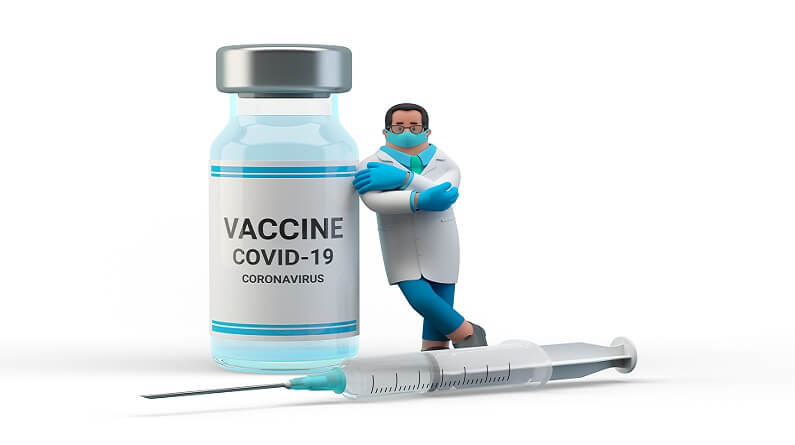Understanding COVID-19 Vaccines: How They Work and What to Expect
The COVID-19 pandemic has brought the world together in a quest for a vaccine. Multiple countries are working tirelessly to develop a vaccine that can provide long-term immunity against the virus.
How COVID-19 Vaccines Work
COVID-19 vaccines trigger an immune response in our bodies without causing the symptoms of the illness. The working of the vaccine depends on the type of vaccine manufactured, but all aim to help our bodies retain a memory of the fighter cells against the COVID-19 virus.
Types of COVID-19 Vaccines
There are three main types of COVID-19 vaccines under development
1. mRNA Vaccines: Contain genetic material from the virus that causes COVID-19, triggering an immune response.
2. Protein Subunit Vaccines: Use harmless protein pieces of the virus to trigger an immune response.
3. Vector Vaccines: Made by modifying a virus similar to COVID-19, but not COVID-19, to trigger an immune response.
COVID-19 Vaccine Side-Effects
Side-effects of COVID-19 vaccines are usually minimal and occur as the body reacts to the foreign material. Common side-effects include:
– Pain in the arm where the shot was taken
– Redness and swelling around the injection site
– General body pain and muscle pain
– Chills
– Nausea
– Fatigue
– Headache
– Fever
Dos and Don’ts After Taking the COVID-19 Vaccine
After taking the COVID-19 vaccine:
– Maintain distance from people who are not vaccinated
– Keep up COVID-19 social distancing protocols in public places
– Wash your hands and maintain hygiene
– Wear a mask while traveling and in public places
– Avoid exercise or heavy physical activity for 2-3 days after the vaccine shot
– Watch out for any mild or severe symptoms after the vaccine dose
– Drink plenty of fluids and dress lightly to keep away from fever and headache
References:
https://ourworldindata.org/covid-vaccinations
https://www.cdc.gov/coronavirus/2019-ncov/vaccines/different-vaccines/how-they-work.html
https://www.cdc.gov/coronavirus/2019-ncov/vaccines/expect/after.html

